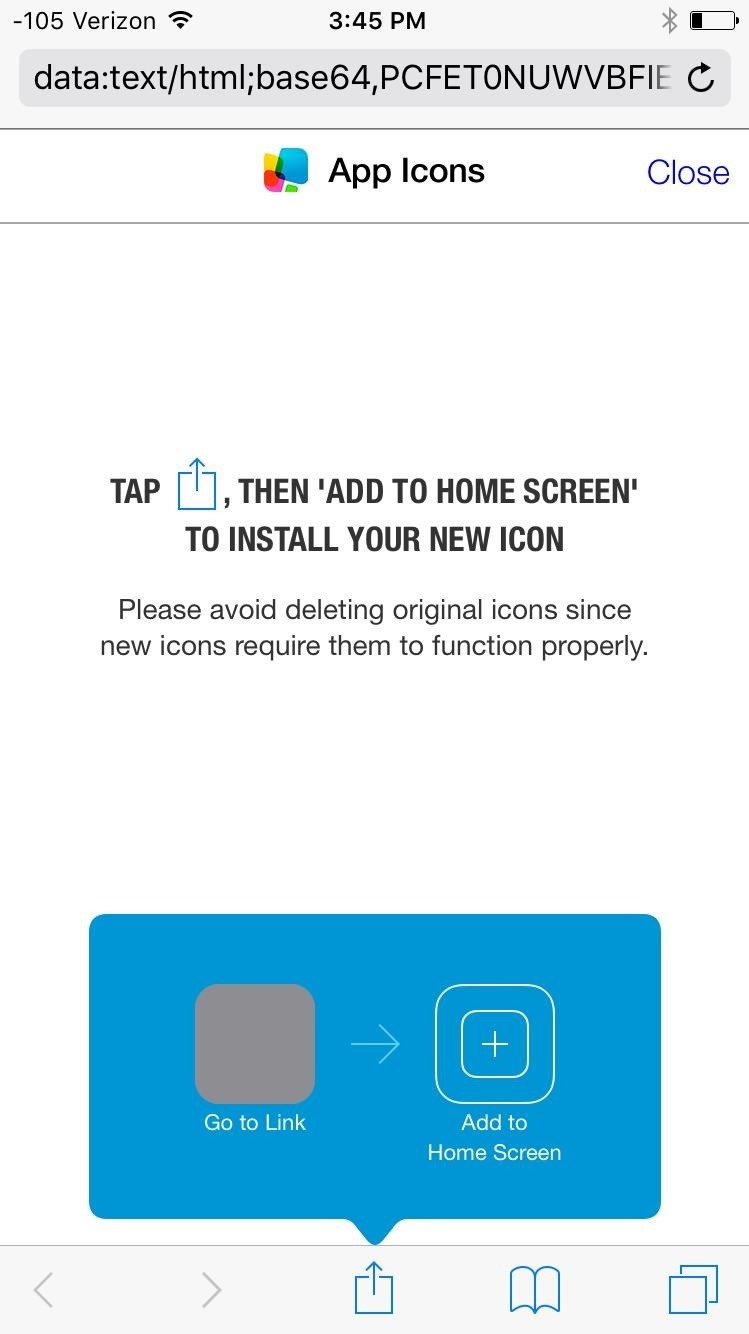

Hidden files and folders are typically found in certain locations, such as system directories or application folders.

Normally, hidden files and folders will have a dot (.) in front of their names, so by enabling this option, you will be able to see all of these hidden files and folders in your file manager’s view.Īt this point, you should be able to see all the hidden files and folders on your system. Once you have found the option, you will want to click on it to enable the hidden file view. This option may be labeled differently depending on the file manager you’re using, so refer to your specific file manager for details. This is usually done by navigating to the “View” menu in the file manager and looking for the “Show Hidden Files” option. Once you have opened the file manager, you need to toggle the hidden file view option. You can typically find the file manager by using the file explorer icon on the desktop or by searching for “file manager” in the search bar. There are several different file managers available for Linux, such as Nautilus, Thunar, and Dolphin, depending on the distribution you’re using. To view hidden files and folders on Linux, you first need to open your file manager program.
#BEST SECRET FOLDER APP 2018 HOW TO#
In this article, we’ll explore how to view hidden files and folders on Linux and the steps you can take to do so. Hidden files and folders are one such feature that is often kept from view in order to avoid accidental deletion or unintentional modification. However, as with any operating system, there are settings and features that are hidden from view for good reason. Linux is a powerful and flexible operating system that is preferred by many tech enthusiasts and developers around the world.


 0 kommentar(er)
0 kommentar(er)
